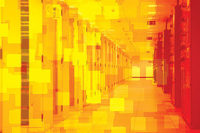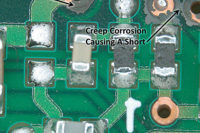MISSION CRITICAL REVELATIONS
TWICE THE PAPER, TWICE THE FUN
- Acoustical noise levels in the data center vs. ambient temperature
- Server power trend vs. ambient temperature
- Server reliability trend vs. ambient temperature
- Server reliability vs. moisture, contamination, and other temperature effects
- And finally, server cost trend vs. ambient temperature









